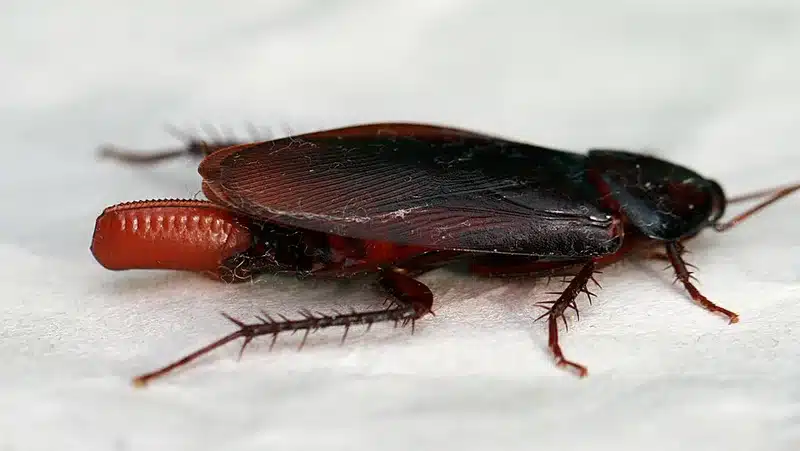As a registered technician with four years in the field, I’ve inspected countless nymphs. I’m third generation in a family business that’s served the DMV for over 50 years. I’ve seen how early roach infestation gets mis-IDed, especially with small roach nymphs.
Why Small Roach Nymph Identification Matters for Pest Control
Accurate ID guides targeted roach control measures. A correct ID stops nymphs from infesting new areas and helps you attack the problem at its source. It also prevents a severe infestation later on, since different nymphs favor different hiding spots and treatments.
Cockroach Life Cycle & Pest Behavior Overview
Cockroaches go through three stages: egg, nymph and adult. They feed in the same spots, often where there are available food sources. Even a single crumb can feed nymphs. Cockroaches prefer warm and humid environments, making kitchens and bathrooms prime spots. This is known as incomplete metamorphosis.
Key Features to Identify a Small Roach Nymph
- Body size varies by instar, from a few millimeters to over 20 mm
- Look for stripes, bands or spots on the pronotum
- Wing-pad growth shows later instars
- Inspect any crevice for roach activity
- Check antennae length, spines on legs and cerci shape
These traits help tell them apart and identify the type you’re dealing with.
Common Small Roach Species: Profiles & Identification
We focus on five top indoor species. For outdoor info on smokybrown, see LSU AgCenter.
German Cockroach (Blattella germanica) Nymph
These small roach nymphs are 3-10 mm long. Each has two dark stripes on its pronotum. Known as German roaches, they hide in cabinets and cracks near food and water. Even one german roach can signal a growing infestation. They develop in about 40 - 60 days from hatch to adult. Learn more at German Roaches.
Brown-Banded Cockroach (Supella longipalpa) Nymph
Brown-banded cockroach nymphs have two pale bands across their bodies. They range from 1.5 mm to 10 mm. These tiny roaches prefer warm, drier spots high on walls or near vents. Watch ceilings and picture frames for signs.
American Cockroach (Periplaneta americana) Nymph
Periplaneta americana, or american cockroaches, are the largest common nymphs. American roaches grow to 30 mm and show wing-pads by their 3rd instar. They thrive in humid environments like basements and sewers. See American Roaches.
Oriental Cockroach (Blatta orientalis) Nymph
Oriental cockroach nymphs start reddish and turn glossy black. They cannot climb smooth walls and appear in floor drains or crawl spaces. These indoor roaches are prone to moisture, making basements a favorite. More at Oriental Cockroaches.
Dubia Roach (Blaptica dubia) Nymph
Dubia roach nymphs are light brown with a wide pronotum. Many use them as feeder roaches, but they lack the stripes of common pest species. You can tell them apart by their smooth bodies and slow movement.
Small Roaches in Your Home: Habitat & Seasonal Prevalence in VA/MD/DC
Roaches are commonly found in kitchens and bathrooms but can show up anywhere. German roach nymphs thrive year-round indoors. Oriental cockroach nymphs appear in winter basements. American nymphs peak July to September in sewers. Brown-banded nymphs hide near ceiling vents. Asian cockroaches may wander in from mulch outside. For local help, check Northern Virginia Pest Control.
Collecting & Photographing Tiny Roaches & Nymphs
Collecting tiny roaches is simple. Set sticky monitors near likely harborages for a few nights. Use a fine brush to move nymphs into 70% ethanol vials. For photos, add a 1 mm grid or penny for scale. Use diffuse light to avoid glare on darker species.
Common Look-Alikes & Diagnostic Pitfalls for Nymph Identification
Some insects mimic roach nymphs. Booklice lack long antennae and have a big head. Wood roach nymphs show distinct anal styles. Beetle larvae have hardened head capsules. Knowing these cues will help you avoid mis-ID. For more help, see Baby Roaches in Your Home: Identification and Solutions.
Health Risks & Allergy Considerations of Cockroach Nymphs
Health Concerns
Nymph frass and shed skins can cause allergies and asthma in many homes. Nymph tarsi can carry salmonella when they forage in trash. Roaches may spread bacteria on counters if you ignore warning signs. Proper control helps reduce these risks.
Professional Pest Control vs. DIY: Getting Rid of Small Roaches
Cockroaches are notoriously difficult to eliminate with DIY alone. Cleaning and sealing alone often can’t rid of a cockroach infestation. Using roach control measures like gel baits and dusts is needed.
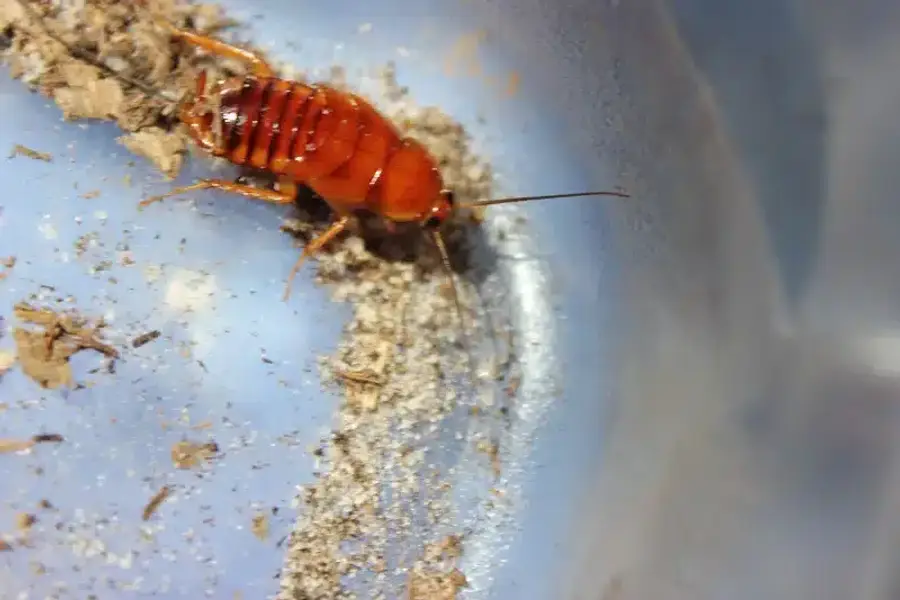
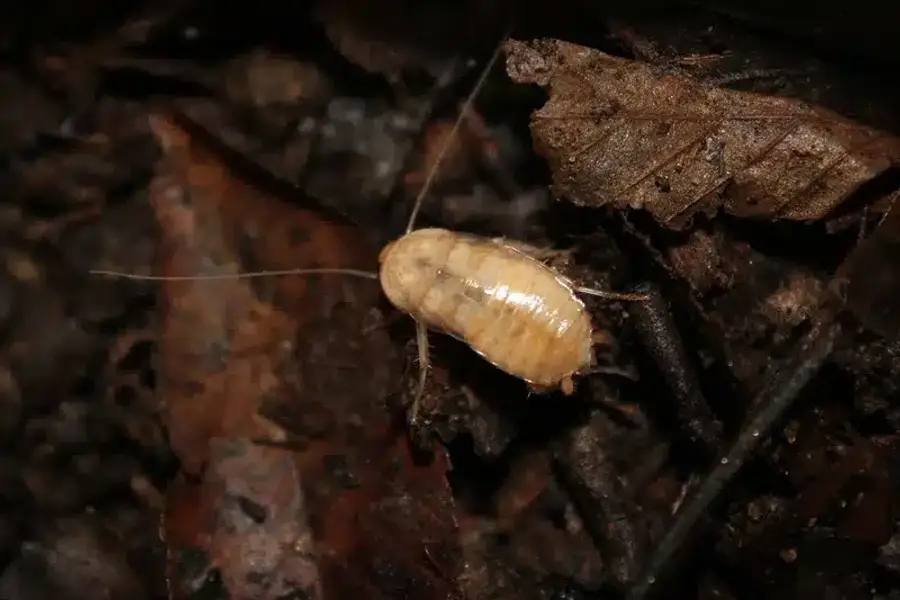
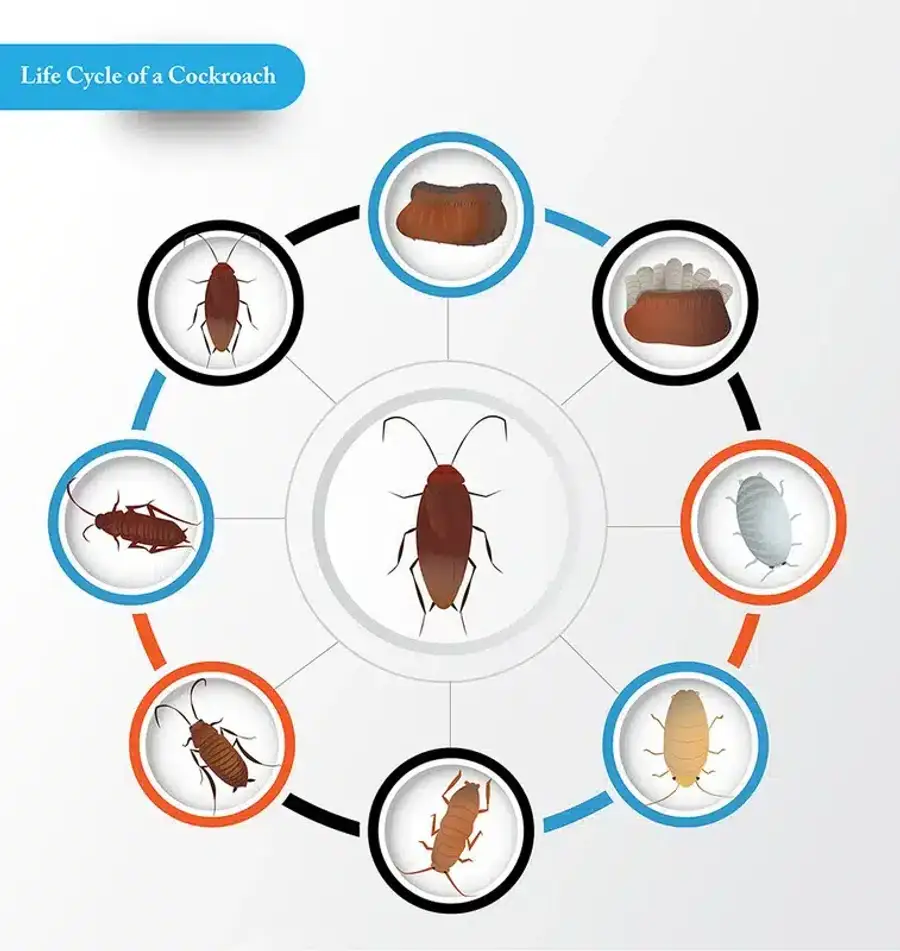
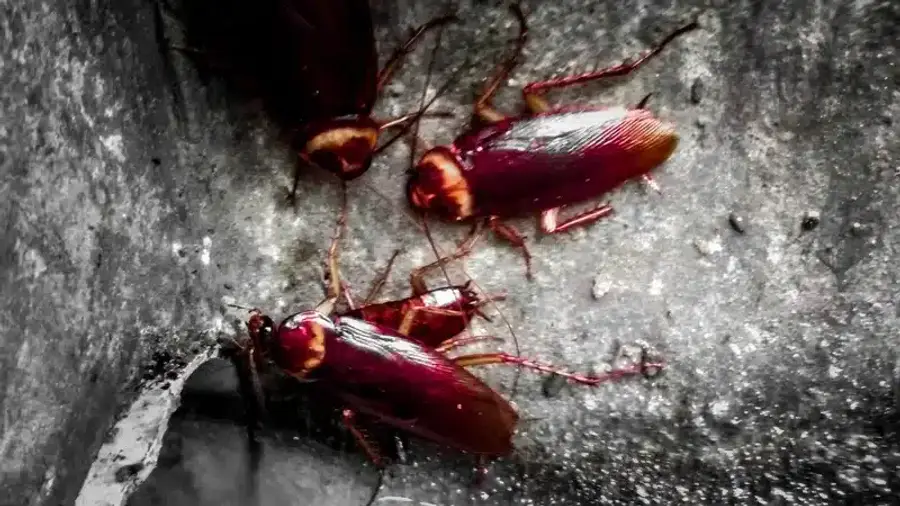
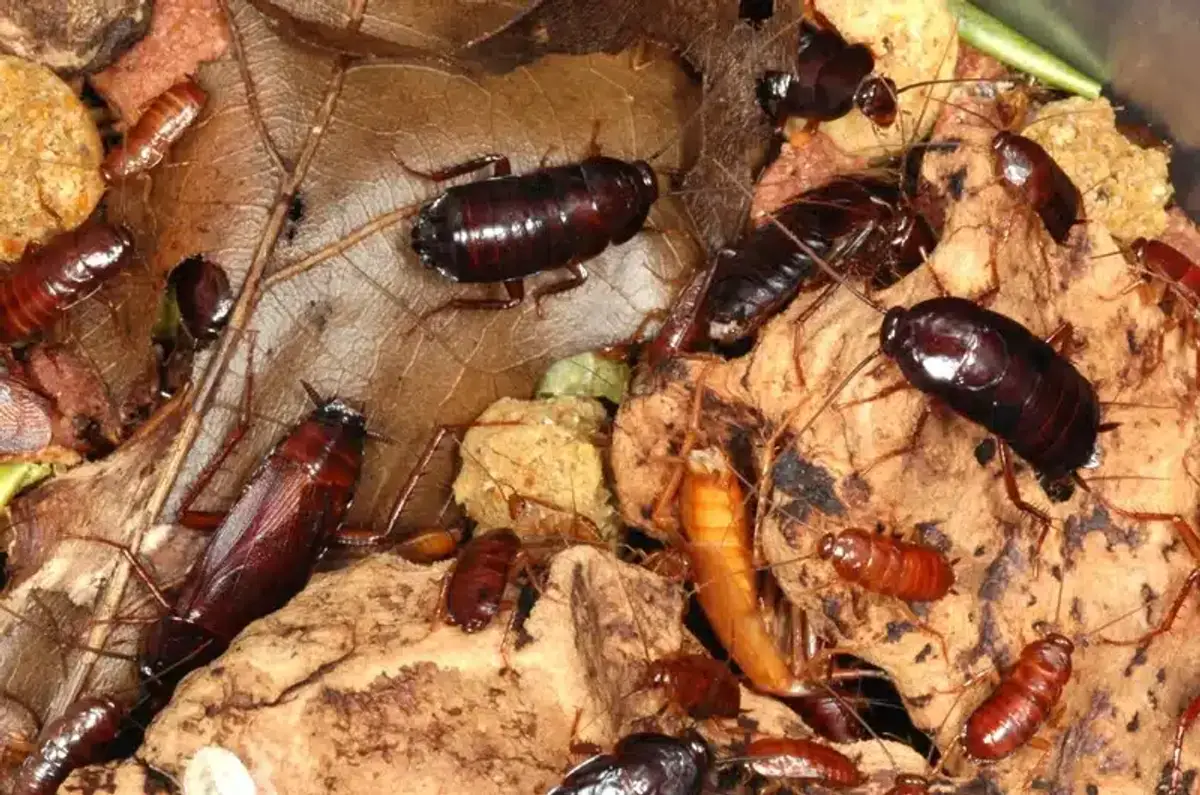
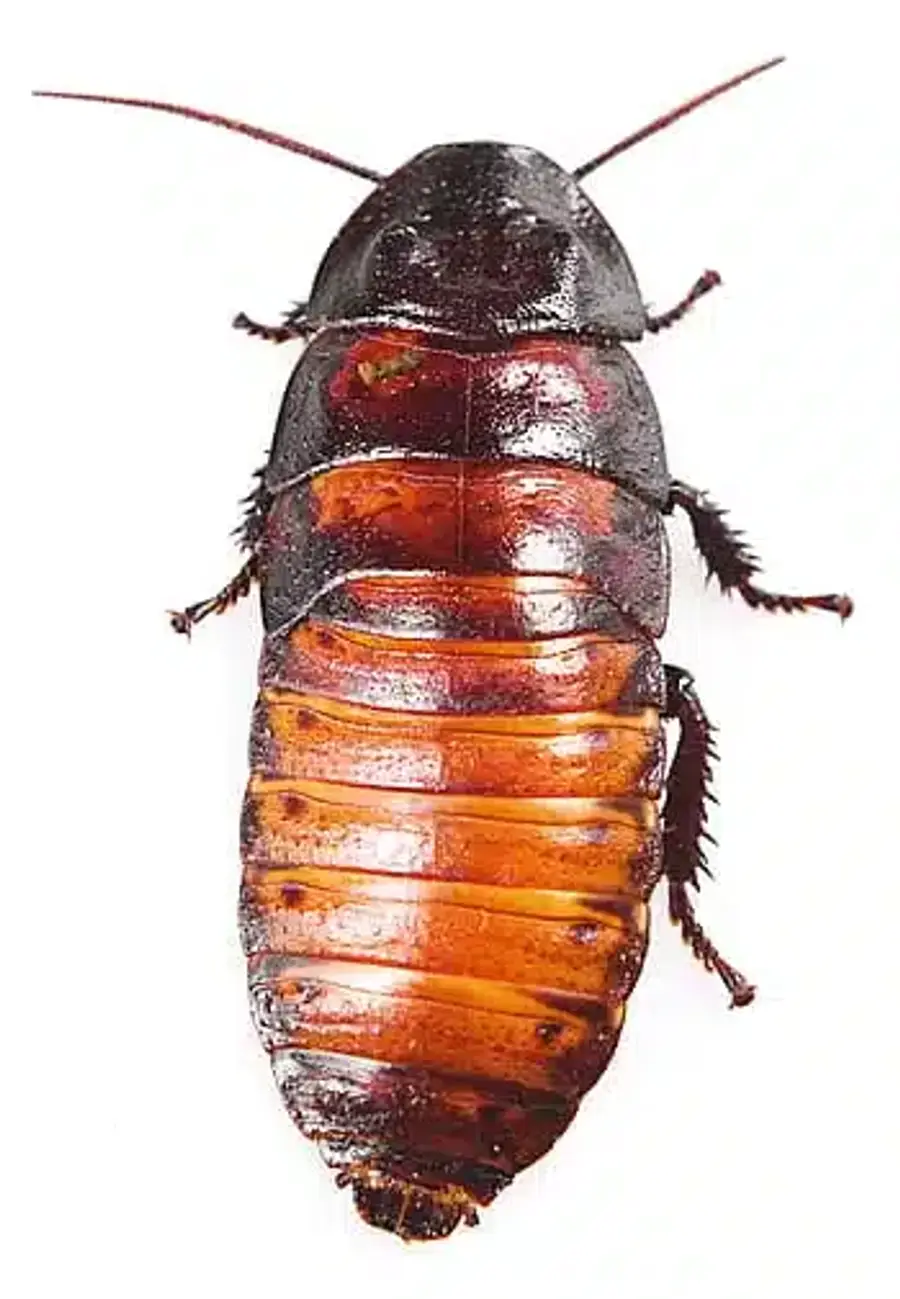
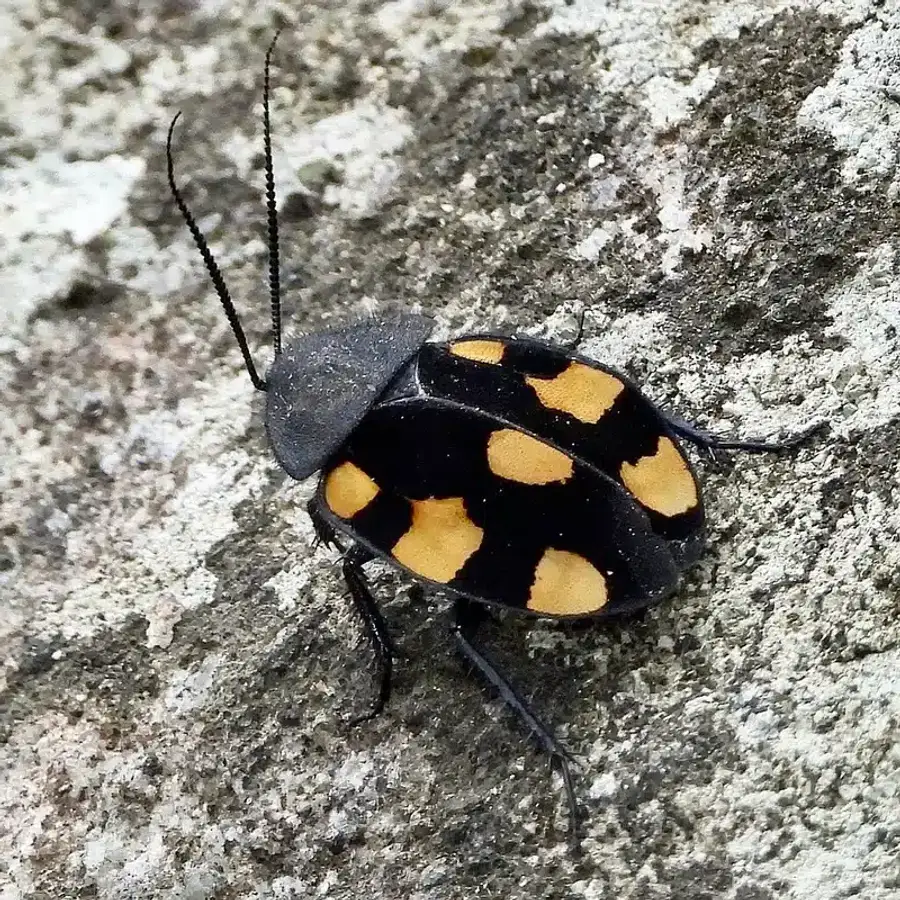
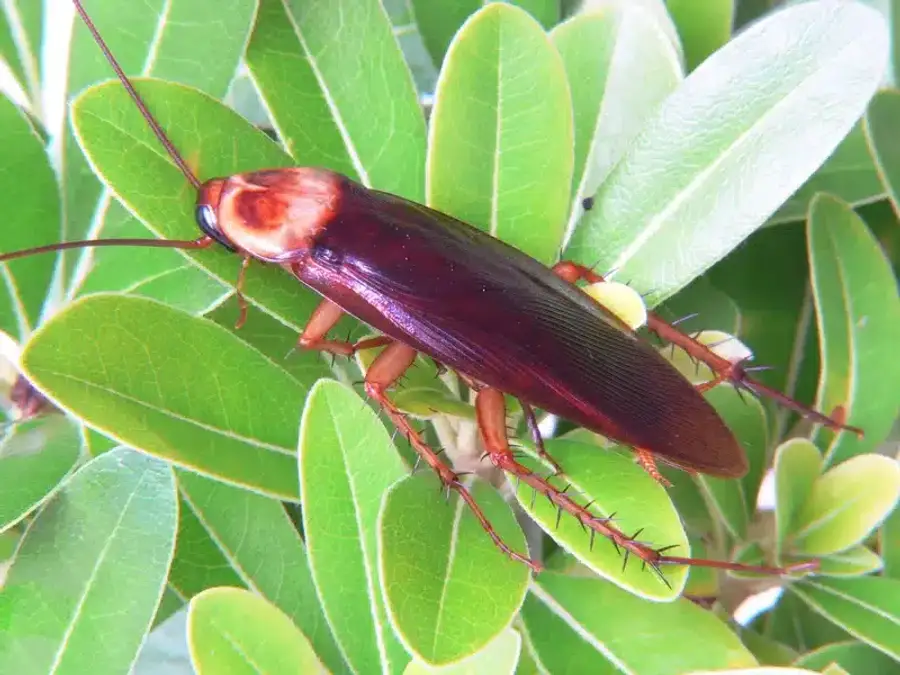
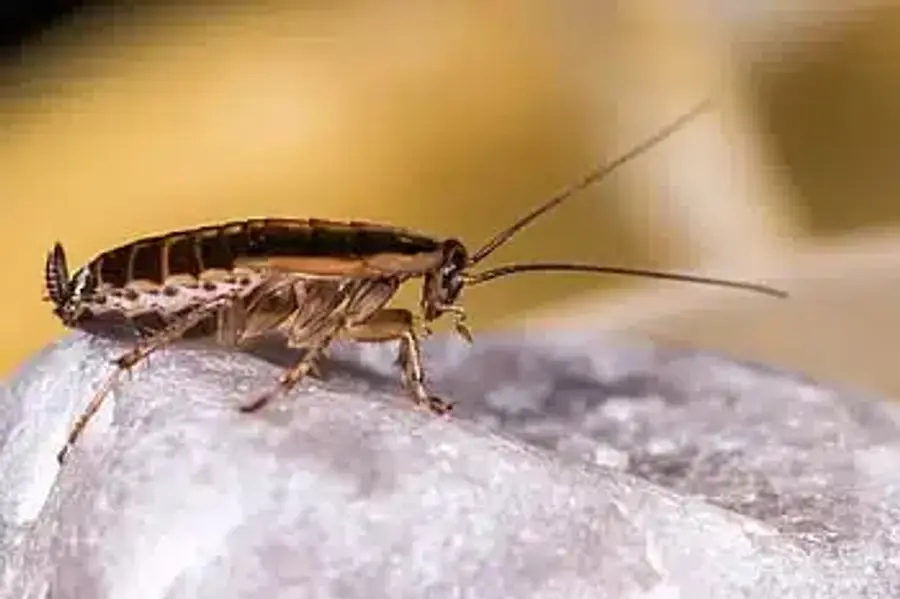
Registered technicians have tools and licensed methods that are challenging to eliminate roaches. Professional pest control can prevent future infestations and keep roach populations low. These steps also help keep roaches away and prevent roaches from returning. Prevention is key to keeping them out.
Conclusion
A clear photo helps identify the type of cockroach you have. Knowing how to identify the type of roach nymph is the first step in proper control. We address the problem and work to prevent their return.
Frequently Asked Questions
Why do I have small roaches in my house?
+
Roaches in your home often start from outside. Roaches enter your home through cracks around plumbing. Roaches are attracted to food and moisture, like crumbs or pet food. Look for areas where roaches hide behind appliances.
How do I get rid of tiny roaches?
+
Start by cleaning and sealing entry points. Use bait stations in cabinets to target nymphs. Wipe up crumb build-up and store snacks in airtight containers. If tiny roaches persist, call a licensed technician.
Why do I keep seeing tiny roaches?
+
Frequent sightings often mean a hidden harborage nearby. Nymphs arrive in large groups near moist spots. Clearing clutter, wiping counters, and sealing gaps helps slow their spread.
How do you get rid of small baby roaches?
+
Target baby cockroaches with gel baits placed in cracks and crevices. Keep the area clean of crumbs and spills. Seal entry points around pipes to stop more nymphs from entering.
What is a Dubia Roach?
+
A dubia roach is a non-pest feeder roach species often used for reptile food. They lack the stripes and fast breeding cycle of pest cockroaches. You won't find them infesting your home.
How can I prevent future infestations of small roaches?
+
Prevention is key. Store snacks in airtight containers and food prep areas. Fix leaks to address any moisture issues. If problems persist, call a pest control company.
With five years of hands-on experience in the pest control industry, George Schulz is a registered technician with the Virginia Pest Management Association and a proud third-generation professional in a family business that's been protecting homes for over 57 years. He manages and trains a team of service pros while also leading internal research efforts—recently spearheading a deep-dive review of thousands of documents on pest control materials to hand-pick the most kid and pet friendly, most effective solutions tailored specifically for homes in the DC metro area.
